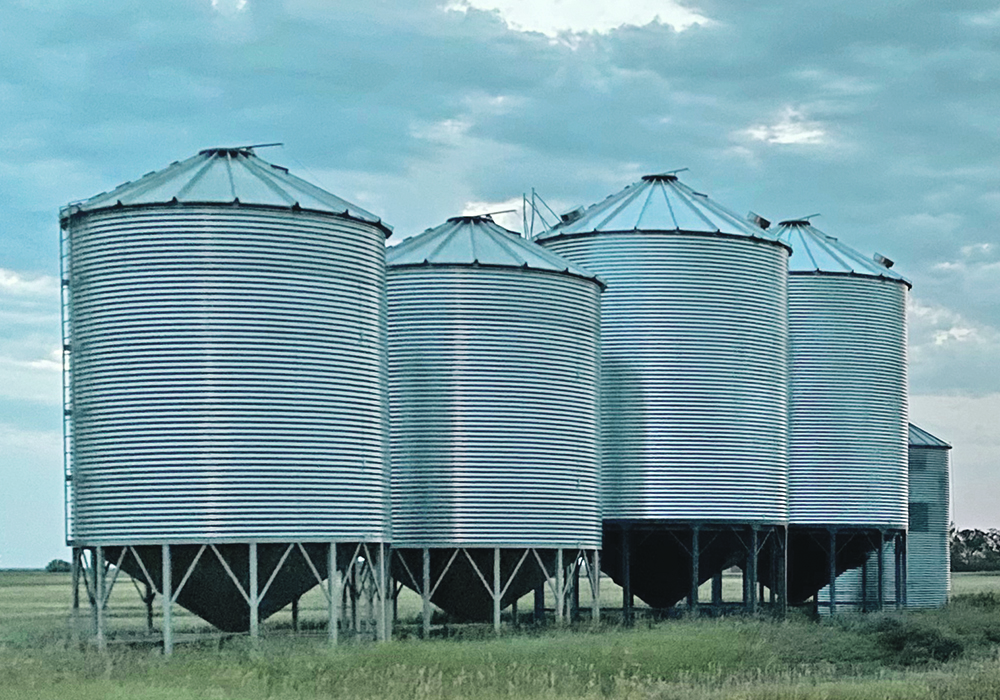The electronic platform is intended to bring grain buyers and sellers together to establish prices for a wide variety of crops
Merv Berscheid is finally following through on a project he started 25 years ago.
The crop broker intends to launch My Grain Exchange at the 2023 Western Canadian Crop Production Show in Saskatoon next week.
“This is a platform for price discovery,” said the owner of CGF Brokerage and Consulting.
“It’s actually the eBay for grain.”
Berscheid is providing an electronic platform for farmers and grain buyers to come together and establish prices for all types of grains, oilseeds, pulses and special crops.
Read Also

Short rapeseed crop may put China in a bind
Industry thinks China’s rapeseed crop is way smaller than the official government estimate. The country’s canola imports will also be down, so there will be a lot of unmet demand.
“My Grain Exchange does not take ownership of the grain at all,” he said.
“It is simply a platform for them to trade their grain.”
This is his second attempt at launching an electronic trading system. The first one happened in 2007.
He traded 7,000 tonnes of grain on that platform before shutting it down in 2009.
“It was getting too big on me, and I didn’t have enough backing or enough support behind me IT-wise,” said Berscheid.
Now he does. Cole Thompson has been hired to handle the technical side of the platform.
Growers will sell their grain through a live auction, but only after submitting a representative sample and receiving an official third-party grade certificate.
The company has partnered with SGS Canada, which will supply high quality photos of the grain along with a PDF of the official grade certificate.
Sellers will be notified by email once the grading process is complete and then they can put their grain up for auction.
For instance, a farmer may want to sell 84 tonnes of large green lentils for $0.52 per pound.
If the highest bid at the end of the auction comes in at $0.51, the grower has half an hour to accept or reject that bid.
If the bid meets or exceeds $0.52, then it is automatically sold to the highest bidder.
There will also be a “buy now” option, where whoever hits that price gets it.
“Merv likes to call this the hit and kill,” said Thompson.
“Basically, if you want it, you pay their price and you get it.”
Buyers will have the ability to establish a proxy bid, so they don’t have to “babysit” the entire auction.
If a buyer puts in a proxy bid of $0.54 per pound, that means they will go as high as that price.
If the next highest bid is $0.53 per pound that bid will be rejected and the proxy bidder will have to top that bid by another $0.50 per tonne, which is the minimum incremental amount.
Buyers can see how many people are bidding on an offering, but they can’t see the actual bid amounts.
Sellers and buyers will be vetted by My Grain Exchange.
“You can’t just have anybody on there,” said Berscheid.
Initially it will likely be populated by CGF clients and contacts and whoever else wants to participate.
Buyers will primarily be licensed and bonded grain companies, but the site will also accept big operators with a track record of financial integrity and reliability.
Payment and delivery details will be worked out between the two parties once a price is established.
Buyers will be able to see the general vicinity of a seller’s location in order to calculate shipping costs but not their exact location.
“We don’t want anyone going there and stealing it,” said Thompson.
Sellers will not be charged unless they make a trade. If a trade is completed the seller will automatically pay My Grain Exchange one percent of the value of the trade.
Buyers will be charged $50 per bid. If they are unsuccessful the amount will be credited back to them, so only the winners pay.
Berscheid believes the platform will be particularly well suited to pulse crops, special crops and feedgrains, where there is little existing price discovery.
It could be used to market wheat and durum in years where there are high fusarium levels or poor falling numbers, and a price discovery mechanism is needed for that off-spec wheat.
Berscheid also thinks it could be a way to allow farmers to be paid for high oil content in their canola crops.
“We trade wheat and durum on protein content. Why don’t we trade canola on oil content?” he said.
“There are a few buyers out there now who are bidding on oil content.”
















